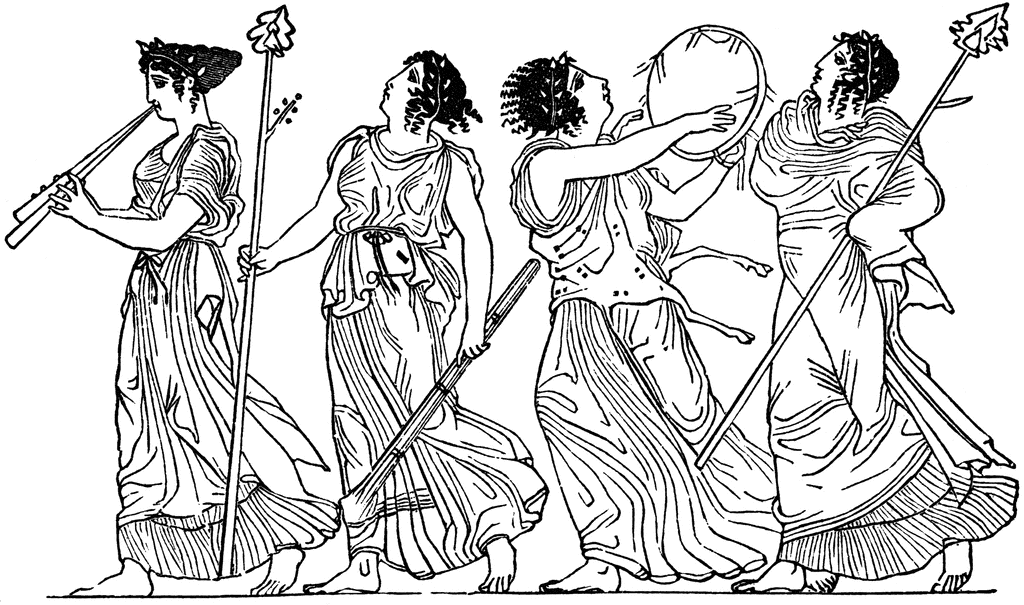Dr James McGrath blogs as the Clarence L. Goodwin Chair in New Testament Language and Literature at Butler University. That is how he identifies his blog — it is the blog of the Clarence L. Goodwin Chair in New Testament Language and Literature at Butler University. So he writes as a professional, a public intellectual, and it is to the standards of professional scholarly discourse and the responsibilities of public intellectuals that he must be held to account.
If a judge or prospective jury member is known to have a conflict of interest or deep-seated prejudice that will inevitably affect their ability to approach the trial appropriately they have a duty to step aside. We like to imagine we have moved on from the days when an accused would be condemned whether they sank or swam.
So when McGrath
- publishes an Amazon review of a book before he has read more than a small fraction of it,
- and when he says he knows he will find an argument implausible before he even reads it,
- and when he says he should not explain fairly or fully an argument that he detests because he fears someone might think favourably of it — thus conceding he does not respect his readers and lacks confidence in the power of reasoned arguments,
- and when he finds himself incapable of thinking someone can present a mythicist argument with sincerity and honesty — that such a one is either incompetently deluded or a blatant liar
- and when he refuses to respond (except with insulting barbs) to questions and posts addressing the discrepancies between what he says about Doherty’s arguments and what Doherty actually does write
then it is time he admits that he is no longer thinking of his opponents as normal, healthy, fellow creatures with whom he can have even a normal healthy human rapport. Every attempt at communication will inevitably be governed by feelings of contempt that scarcely will be hidden as innuendo and ad hominem inevitably surface.
When one reaches that point then one owes it to everyone to admit that one is biased beyond reason and incapable of engaging in a genuinely respectful and fair discussion. Continue reading “Why McGrath Should Honourably Step Down From the Debate”

 James McGrath begins his
James McGrath begins his 

 In
In 
 In my previous post I quoted John Taylor where he referenced chapter 5 of
In my previous post I quoted John Taylor where he referenced chapter 5 of 